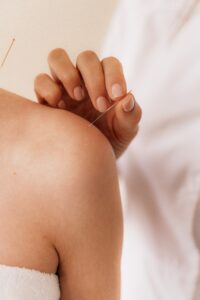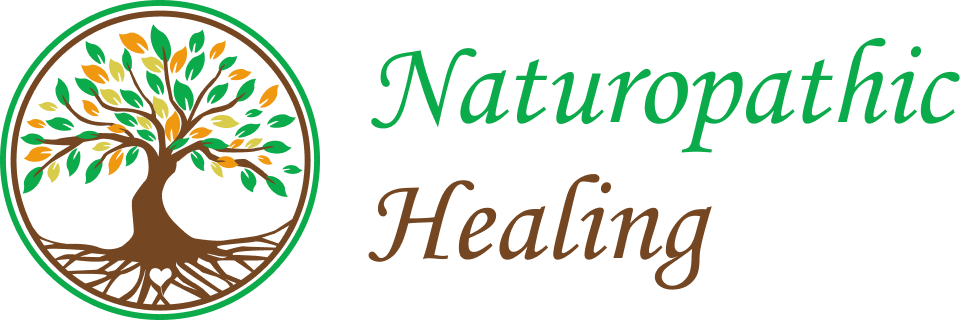Acupuncture
Acupuncture is a treatment when fine needles are inserted at certain sites in the body for therapeutic or preventative purposes.
There are great variety of musculo-skeletal conditions, which present in the acupuncture and TCM clinic. They are extremely common, affecting all ages and range from strains and sprains, dislocation, fractures, chronic conditions and even neurology conditions. The majority of them involve superficial layer of the body such as muscles, tendons and ligaments. Their main symptoms are pain, tension, tenderness and movement restriction.
The main underlying cause for all types of musculo-skeletal problems is the prolonged incorrect use of the body to sit, stand and move. Bad posture leads to over use, stiffness and hardening of the muscles and tendons of the yang meridian, which cause them to become tired, tense, shortened and vulnerable to strain. On the other side the yin meridian stay under-used, under active, causing them weakness.
Understanding the posture is really important. Other factors determine posture are physical, emotional, habitual and socio-cultural. By posture we express how we are, how we feel and how we perceive ourselves.
Regulating and improving patient’s posture plays and essential part of both in treatment and prevention of all musculo-skeletal conditions.
Acupuncture points
Acupuncture points are high electric conductance points on the acupuncture meridians where the flow of energy can be most easily influenced. They are areas where through the application of acupuncture, moxibustion, cupping or pressure the Qi, blood, essence, skin, muscles, tendons and bones can be influenced. They can be used to help diagnose disease and strengthen body resistance.
TCM - Traditional Chinese Medicine
The theoretical base of TCM, as it known today is formed during the 2nd century of BC. It is based on the theories of Yin and Yang and the five elements. They have been modified and enriched over the centuries but their main core has remained constant by providing stability and continuity in the development of TCM.
TCM has different components such as acupuncture, moxibustion, cupping, herbal medicine, and exercises for health, diet and life style adjustments.
Acupuncture meridians
According to acupuncture theory, six pairs of yin and six pairs of yang meridians plus eight extra vessels govern all body functions. The regular meridians run through the soft tissue of the body- the fascia of the skeletal and internal organ muscles as well as other connective tissue structures. The acupuncture meridians are functional concern rather than anatomical structures. They are located in the interstitial space, following the inter and intramuscular fascia planes.
TCM knowledge of the pathways and function of the meridians and anatomical knowledge of the precise muscles of each individual meridian are essential for the effective application of acupuncture.

